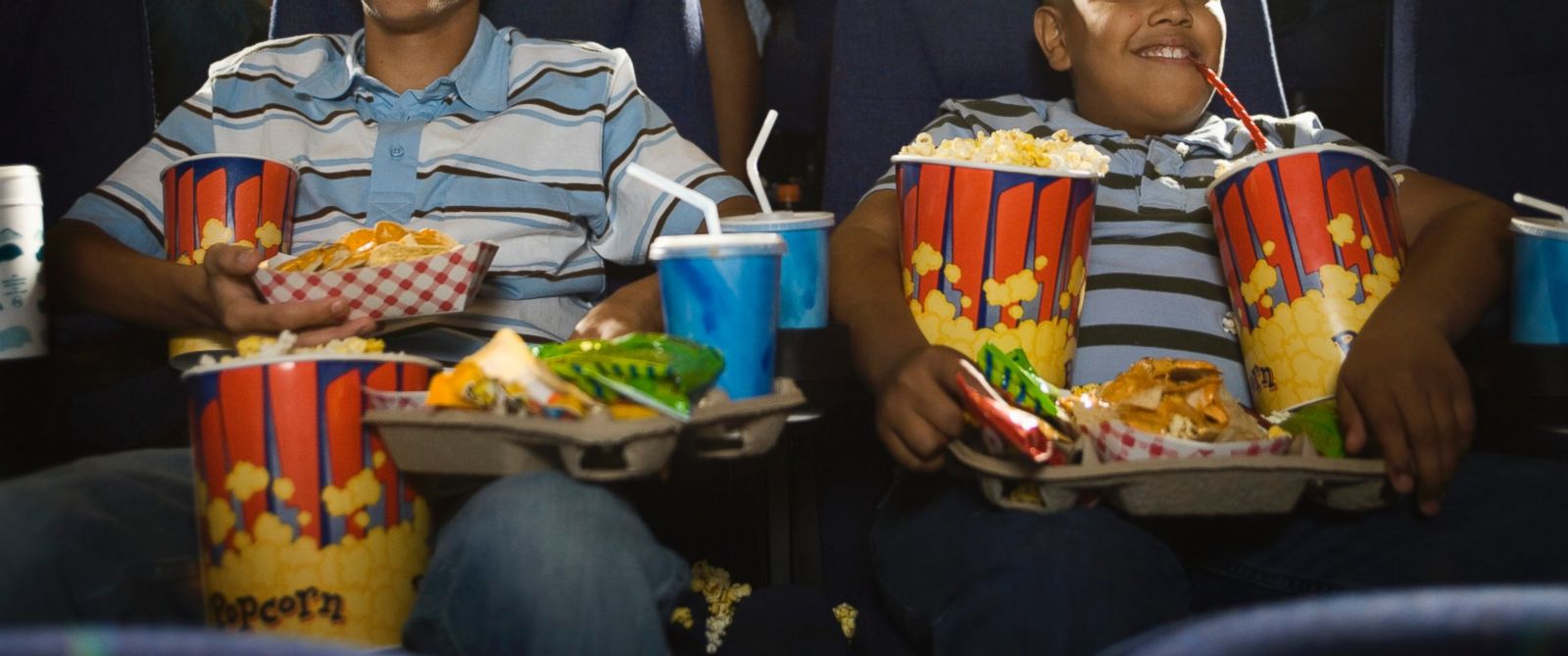10 Facts about Movie Theater Food Why, What, and When Audiences Eat at the Cinema
According to a recent poll by BBC of a dozen movie theater managers in the Orlando, Florida, area, many reasons factor into why movie theaters and cinema cafes are expanding their menus, beyond merely making more money.
Why Audiences Eat at Movie Theaters
- Sometimes people are willing to spend more on concession food when the price of the movie costs less, for example at second-run theaters. Maybe they plan on spending $20 that evening on their movie-going experience. Whether that money is spent mostly on the ticket or mostly on the food may be irrelevant.
- Many people are in the habit of buying snacks every time they see a movie. Others buy theater concession food only occasionally, but when they do, it’s usually something special like a favorite candy or heavily buttered popcorn. One popular combination you might have tried: mixing chocolate covered peanuts inside a large tub of buttered popcorn, along with a diet soda, of course.
- Rushing out to see a film after work without eating first causes many working people to eat at the movie theater. Younger working people attending evening screenings of action films comprise one of the largest segments of dinner-eaters at the cinema.
What Audiences Eat at Movie Theaters
- While hot dogs, popcorn, and candy are still available at the concession stand, many movie theaters now offer gourmet coffee bars, café-style concessions, and expanded menus that include bottled juices, juice-drinks, bottled waters, and made-to-order pizza in order to satisfy growing demands for variety in dining options. It is just like a scene of Home Theatre System in Brisbane.
- At cinema cafes, which offer full meals served on tables during the film, generally older people spend more money on their food than younger people. The older folks lean toward expensive specialty items such as wines and prepared meat dishes, while the younger crowds gravitate toward the lower-priced items including beer, popcorn, and appetizers.
- At smaller cinemas with one or two auditoriums, theater managers can anticipate crowds (and their eating preferences) based on the type of movie that’s playing (e.g., family films draw kids, parents, and grandparents, while action films attract young couples and men of all ages). At a large Cineplex, however, movies of all kinds will attract people of all kinds with varying buying preferences. Expanded menus and café-style concessions reflect these variances.
When Audiences Eat at Movie Theaters
- Some moviegoers need food as a distraction for tense, suspenseful, emotional, or scary dramas. Munching on comfort food helps them get through the rough spots.
- Matinees usually have the lowest food concession sales. Moviegoers might purchase a drink, cup of coffee, and/or popcorn, but feel less-inclined to make big purchases before dinner.
- Evening shows (especially between 7:00 p.m. and 8:00 p.m.) typically sell the most food. At small cinema cafes, nearly 85 percent of evening moviegoers purchase dinners when attending screenings.
- Weekend shows also keep the concession stands busy. Weekend crowds spend more on food than during the weekday because people often splurge on Saturday and Sunday in terms of money and food items. Whereas, a weeknight might be date night for a married couple, families often enjoy themselves on the weekends, sharing movies and movie treats as a regular ritual.





